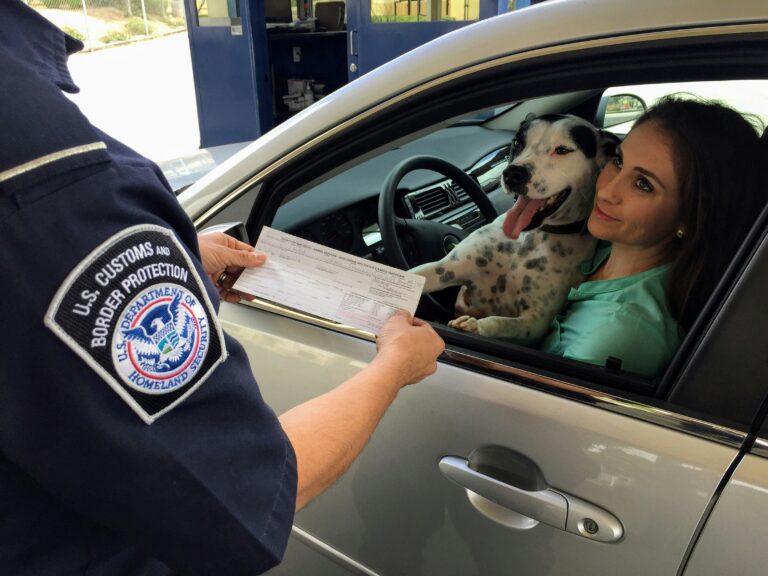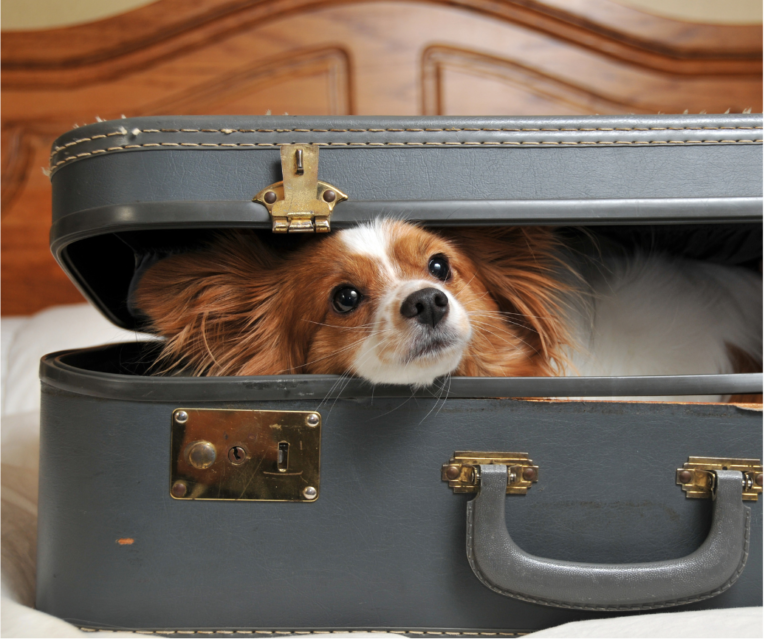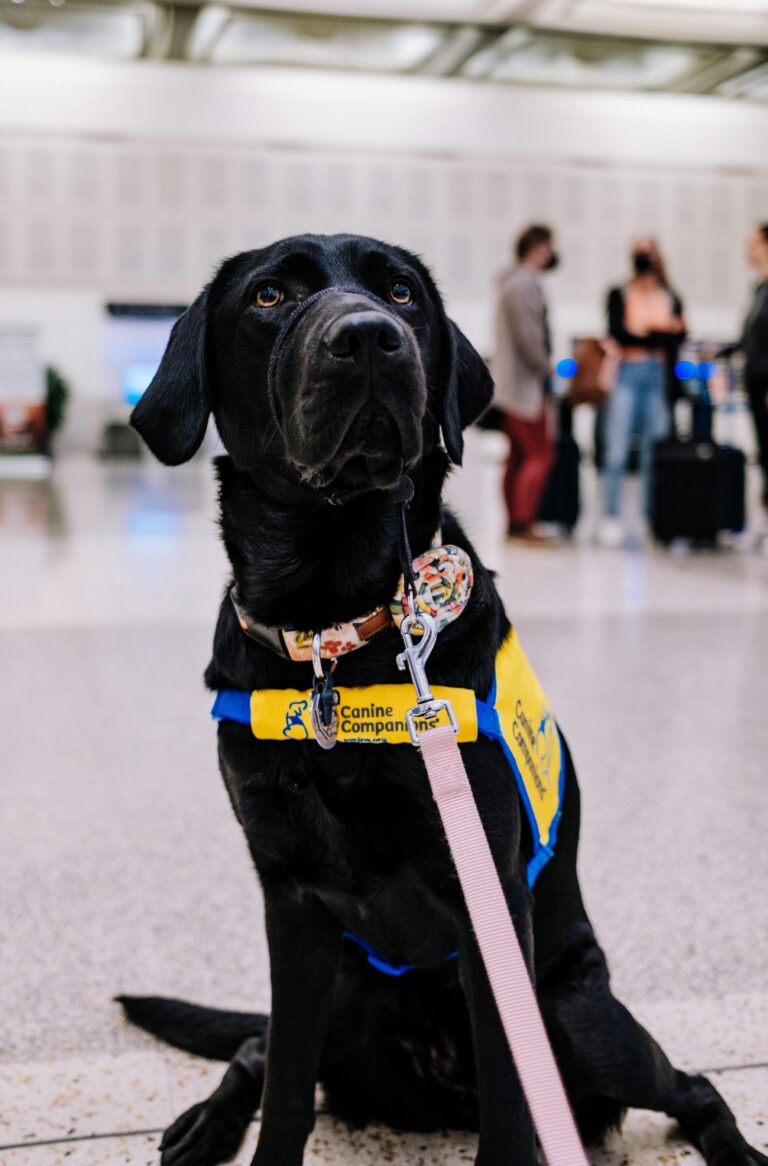Traveling with Pets: Challenges and Solutions for Pet Owners
Traveling is a thrilling adventure, but for pet owners, it comes with its own set of unique challenges. Whether planning a weekend getaway or a long vacation, bringing your furry friend along requires careful consideration and preparation. In this article, we will explore the common difficulties pet owners face when traveling, particularly when it comes to flying with your pet or taking trips with your pet, and provide practical solutions to make the journey smoother for both you and your animal companion.
1. Finding Pet-Friendly Accommodations
One of the most significant challenges for pet owners is finding pet-friendly accommodations. Many hotels and rental properties have strict policies regarding pets, which can limit your options.
Solution:
– Research in Advance: Use websites that specialize in pet-friendly travel, such as BringFido, Expedia, or Airbnb. These platforms allow you to filter search results based on pet policies, ensuring you find accommodations that welcome your furry friend.
– Contact Properties Directly: Once you find a potential place to stay, call the property to confirm their pet policy, including fees, weight limits, and any specific rules. This step helps avoid surprises upon arrival.
– Read Reviews: Check reviews from other pet owners to gauge how accommodating the property is. Look for comments on cleanliness, pet amenities, and overall experiences.
2. Transportation Woes: Car vs. Air Travel
Deciding how to transport your pet can be challenging. While some owners opt for road trips, others may need to consider flying with their pets. Each mode of transportation has its own set of challenges.
Solution for Car Travel:
– Safety First: Invest in a pet seatbelt or a secure crate to keep your pet safe during the drive. This not only protects your pet during sudden stops but also minimizes distractions while driving.
– Frequent Breaks: Plan for regular breaks every couple of hours to allow your pet to stretch, relieve themselves, and hydrate. Look for pet-friendly rest areas where your furry friend can safely explore.
Solution for Air Travel:
– Check Airline Policies: Before booking your flight, research the airline’s policies regarding flying with your pet. This includes in-cabin options, cargo requirements, and any fees associated with pet travel.
– Visit the Vet: Schedule a vet appointment to ensure your pet is healthy enough for travel. Obtain a health certificate if required, and ensure your pet is up-to-date on vaccinations.
– Prepare for Security: Familiarize yourself with airport security protocols for pets. Most airports require you to remove your pet from their carrier during screening, so practice this process beforehand.
3. Dealing with Pet Anxiety
Travel can be stressful for pets, especially if they are not accustomed to new environments or long trips. Many pets experience anxiety during travel, which can lead to behavioral issues.
Solution:
– Desensitization: Before your trip, take your pet on short car rides to help them acclimate to traveling. Gradually increase the duration of these trips to build their confidence.
– Comfort Items: Bring familiar items from home, such as a favorite blanket or toy, to help soothe your pet during travel. The familiar scent can provide comfort in new surroundings.
– Calming Aids: Consult your veterinarian about calming aids or natural remedies, such as pheromone sprays or anxiety wraps, to help ease your pet’s stress during travel.
4. Packing for Your Pet
Packing for a trip with your pet requires careful planning. Forgetting essential items can lead to discomfort for your furry friend.
Solution:
– Create a Packing Checklist: Make a detailed checklist of everything your pet will need, including food, water, bowls, leash, waste bags, grooming supplies, medications, and any comfort items. This list will help ensure you don’t forget anything important.
– Pack Extra Supplies: It’s always a good idea to bring extra food, treats, and medications in case of unexpected delays or emergencies. Consider packing a first aid kit specifically for pets.
5. Navigating New Environments
Traveling to new places can be overwhelming for pets. They may be exposed to unfamiliar sights, sounds, and smells, which can cause anxiety or lead to behavioral issues.
Solution:
– Establish a Routine: Try to maintain your pet’s regular routine as much as possible while traveling. Stick to their feeding and walking schedules to provide a sense of stability.
– Explore Gradually: Allow your pet to explore new environments at their own pace. Start with short walks in the area before venturing out for longer adventures. This gradual exposure can help build confidence.
– Identify Pet-Friendly Areas: Research nearby pet-friendly parks or trails where your pet can safely explore and play. This allows them to burn off energy and feel more comfortable in their surroundings.
6. Understanding Local Regulations
Different cities and states have varying regulations regarding pets, which can catch pet owners off guard.
Solution:
– Research Local Laws: Before traveling, familiarize yourself with the local laws regarding pets. This includes leash laws, breed restrictions, and regulations for pet-friendly areas. Knowing these rules can help you avoid fines or issues during your trip.
– Identify Veterinary Services: Locate nearby veterinary clinics or emergency animal hospitals at your destination. Having this information readily available can provide peace of mind in case of any emergencies.
7. Keeping Your Pet Healthy While Traveling
Maintaining your pet’s health during travel is crucial. Changes in routine, diet, and environment can lead to digestive issues or other health problems.
Solution:
– Stick to Their Diet: Bring your pet’s regular food to avoid sudden dietary changes that could upset their stomach. If you need to switch foods, do so gradually over a few days.
– Hydrate: Ensure your pet stays hydrated, especially during long trips. Bring a portable water bowl and offer water regularly, particularly during hot weather.
– Monitor for Signs of Stress: Pay attention to any signs of stress or illness in your pet. If you notice unusual behavior, consult a veterinarian as soon as possible.
8. Creating Lasting Memories
Despite the challenges, traveling with your pet can lead to unforgettable experiences. Many pet owners cherish the moments spent exploring new places together.
Solution:
– Capture the Moments: Take plenty of photos and videos of your adventures with your pet. These memories will last a lifetime and make for great stories to share with friends and family.
– Involve Your Pet in Activities: Look for activities that are pet-friendly, such as hiking, beach outings, or outdoor dining. Engaging your pet in these experiences can enhance your bond and create lasting memories.
Conclusion
Traveling with pets can be challenging, but with the right preparation and mindset, it can also be incredibly rewarding. By addressing the common difficulties pet owners face—such as finding pet-friendly accommodations, managing transportation, dealing with anxiety, and ensuring your pet’s health—you can create a positive experience for both you and your furry friend.
Embrace the adventure of taking trips with your pet, and cherish the memories you create together. With careful planning and a little patience, traveling with your beloved companion can become one of the most fulfilling aspects of pet ownership.







